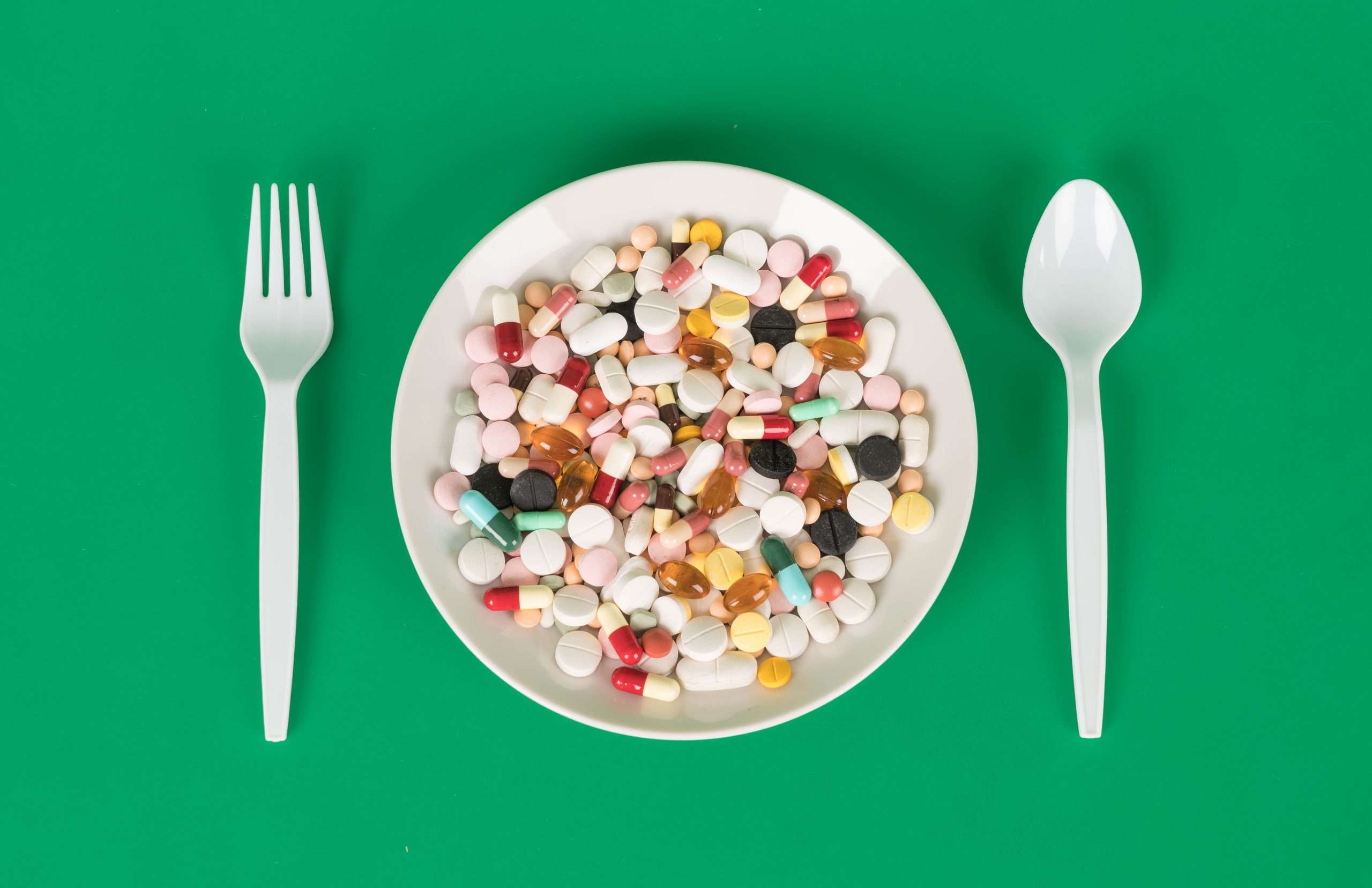
Trillions of bacteria, viruses, fungi, and other life forms collectively named microbiota accompany us through the entire lives. Learn how our microbiota influences the absorption of L-thyroxine and what you can do to make improve its’ function.
What do we know about the gut microbiota?
There are roughly 40 trillion bacterial cells in your body. The major part of these microbes exists inside of the intestines and on the skin.
Most gut microbes are found in a “pocket” of your large intestine called the cecum, and they are referred to as the gut microbiota. It contains at least 1000 different species of known bacteria, which may become more and less prevalent depending on various factors such as the geography of living, diet, use of antibiotics and other drugs, genetics, environment, and various diseases.
Some gut microbiota functions, such as vitamin synthesis and fiber digestion, are widely-known. Many other essential functions were discovered recently, such as the role in the development of depression, neurodegenerative diseases, obesity, diabetes, immunological disorders, inflammatory bowel diseases, and cancer.
Gastrointestinal microbiota influences Levothyroxine absorption

The study published in Cell suggests that the efficacy of oral L-thyroxine supplementation absorption may depend on how the gut microbiota degrades thyroid hormones during the process called oxidation. It concludes that higher numbers of microbiota in cases of bacterial overgrowth might require higher doses of L-thyroxine.
In hypothyroidism, the pH of the stomach often increases, and gastric motility decreases. Thus, the reduced protein cleavage in the gastrointestinal tract and bacterial overgrowth may take place. Based on these facts, another group of researchers suggested that altered colonization of the gastrointestinal tract leads to the need for higher doses of L-thyroxine.
Simple things you can do to improve your gut microbiota
Many ongoing studies aim to define the influence of our lifestyles and diet on the gastrointestinal microbiota. However, some findings have already proved themselves in multiple studies.
- Increase your intake of dietary fibers by adding more whole-grain products and vegetables to your meals.
- Incorporate fermented foods, such as kimchi, kefir, or miso, into your diet.
- Take the antibiotics only if prescribed by your medical provider. It is also vital to take the entire dosage prescribed, even if you started to feel better before the course was over.
- Decrease the number of processed foods in your menu or eliminate them if possible.
- Studies demonstrate that people with erratic sleeping patterns risk disrupting their microbiota. Try to make sure that you get 7-8 hours of sleep at night.
Thus, the performance of your gut microbiota may be responsible for the difficulties in thyroid disease management. We hope that our advice will help you to achieve better thyroid bloodwork results and decrease the unpleasant symptoms, which you will soon be able to track with our app.



